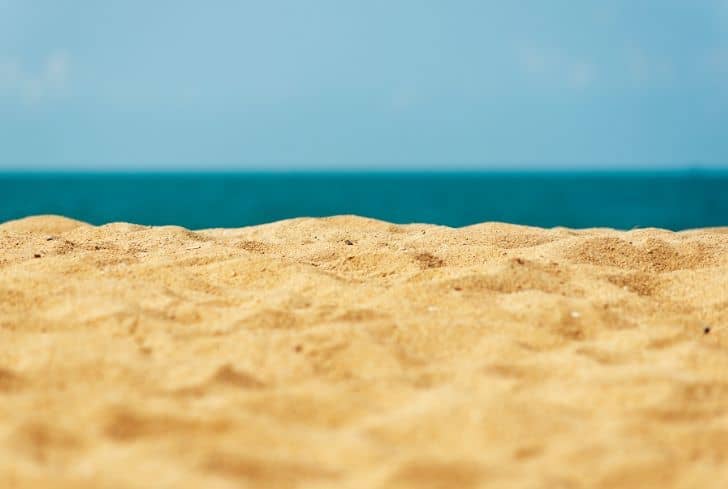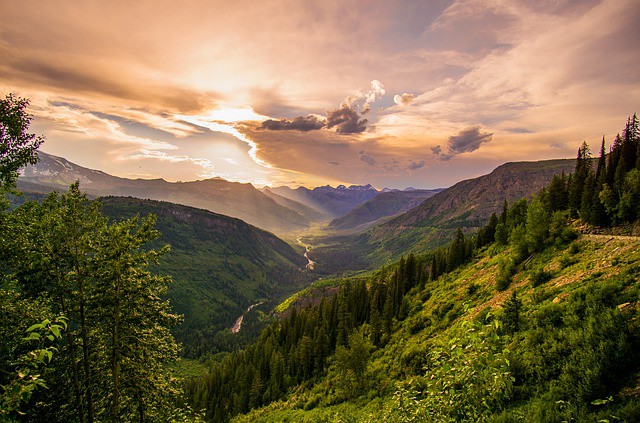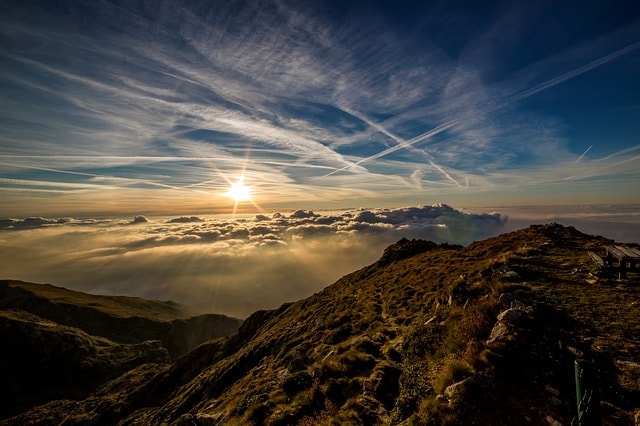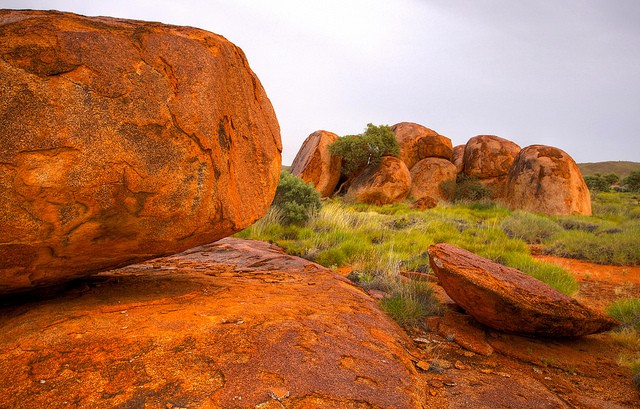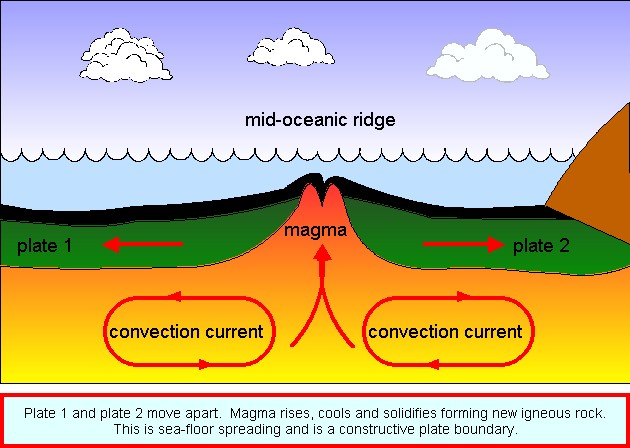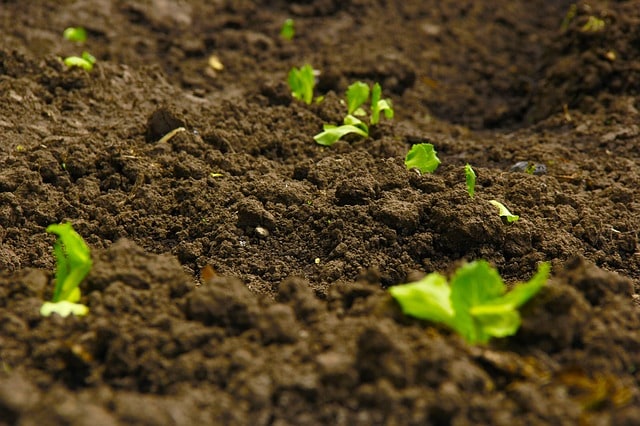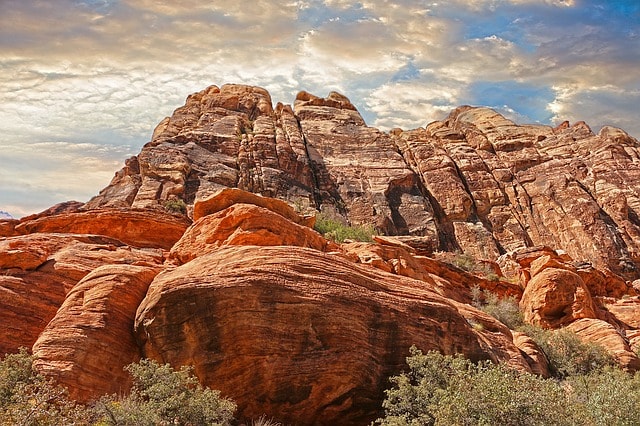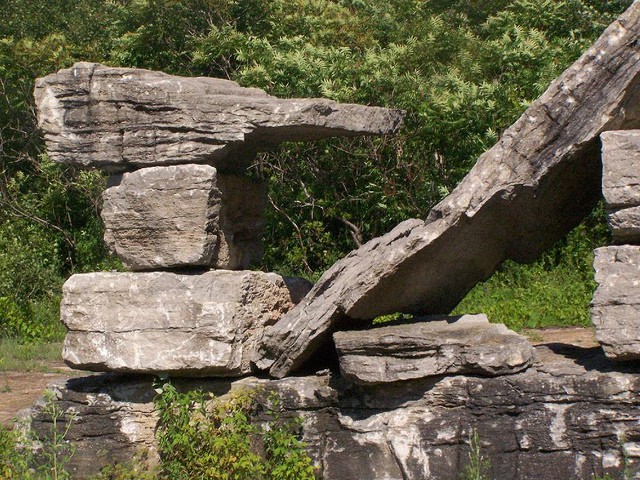What is Sand? Composition, Colors and Various Types of Sand
Sand is more than something that blankets beaches and deserts. It is ubiquitous, much more diverse and, an authentic relic. As Rachel Carson, the American marine biologist once quoted, “In every curving beach, in every grain of sand, there is a story of the Earth.” So, what is sand? Where does sand come from? What’s…

